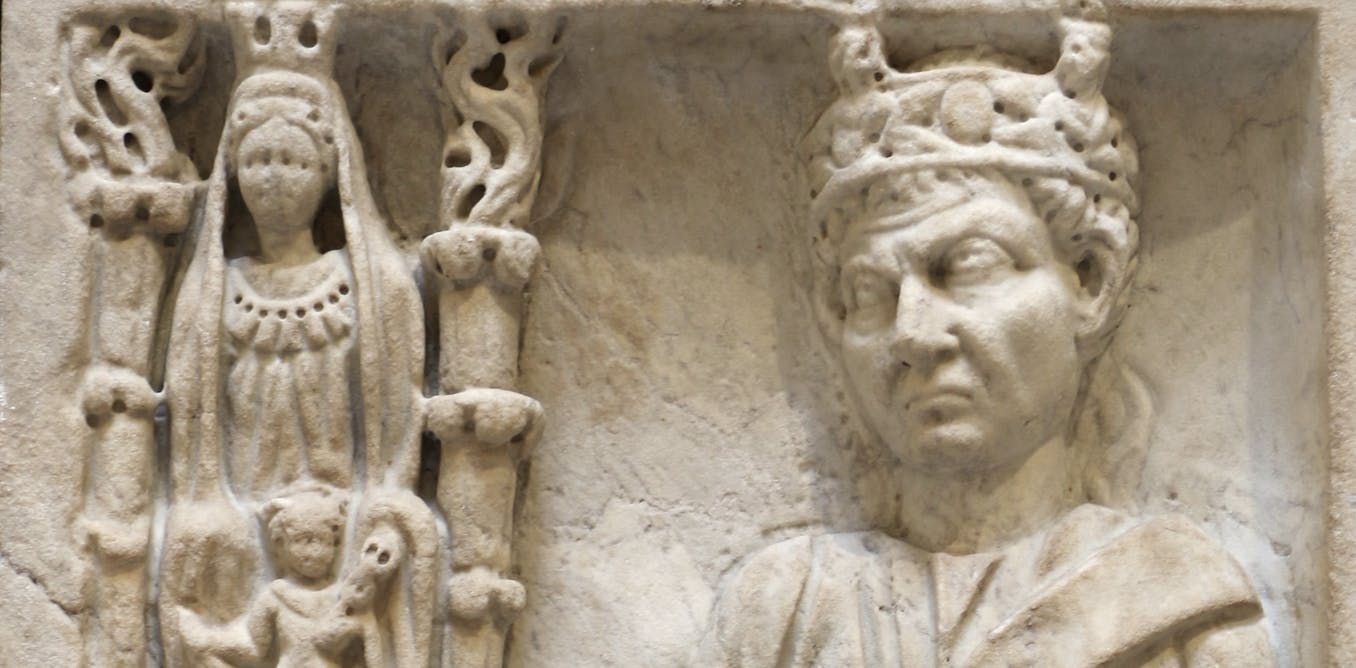
"In antiquity, there were masculine women, feminine men and people who altered their bodies to match their gender expression more closely."
"The cinaedus and the gallus provide examples of men whose effeminate behavior and modified anatomies were striking yet still integrated into Roman society."
"The cinaedus was already a recognizable figure in ancient Greece and was first mentioned in the fourth century B.C. by Plato."
"Martial, a Roman poet writing in the first century A.D., describes a cinaedus' dysfunctional penis as like a "soggy leather strap" in one epigram."
In a recent article, it discusses President Trumpâs executive orders limiting transgender rights, including a military ban and a two-sex classification in government records. This contemporary issue is juxtaposed with ancient Roman society, where gender fluidity was acknowledged through figures like the cinaedus and gallus. These individuals exhibited behaviors and modifications that defied strict gender norms yet were integrated into society. The article calls attention to the complexities of gender beyond modern binary frameworks, reflecting on how ancient cultures embraced a more nuanced understanding of identity.
Read at The Conversation
Unable to calculate read time
Collection
[
|
...
]